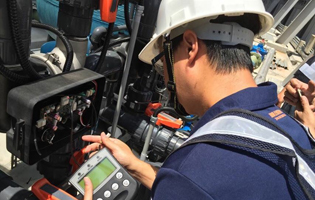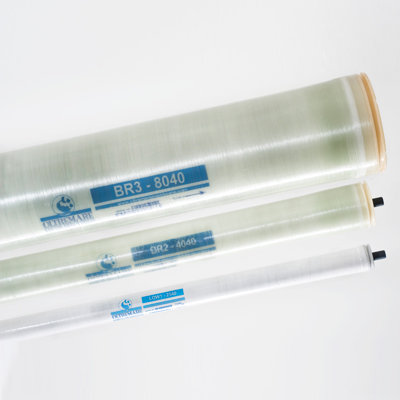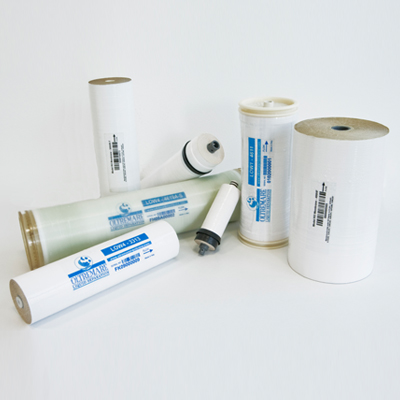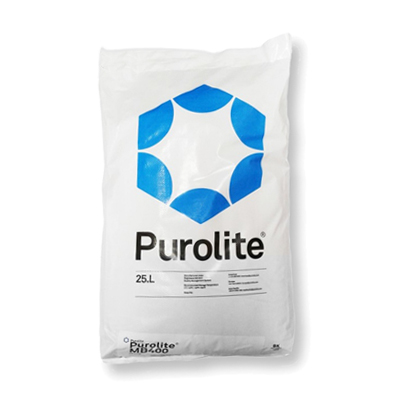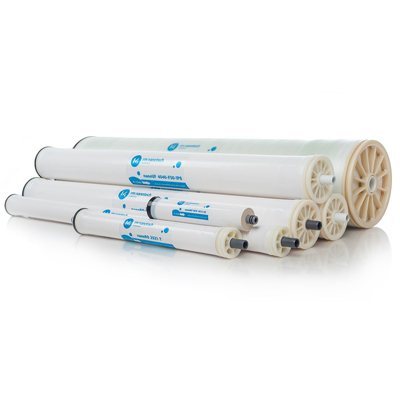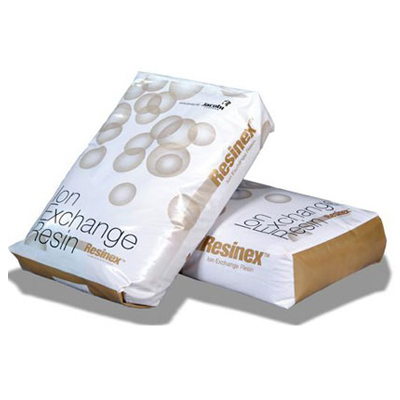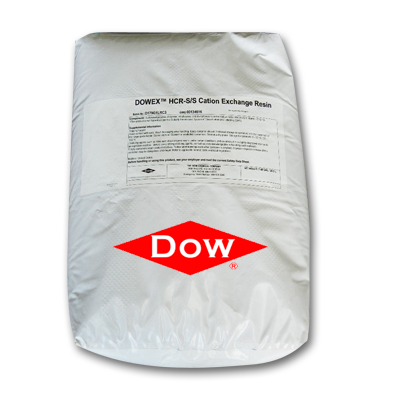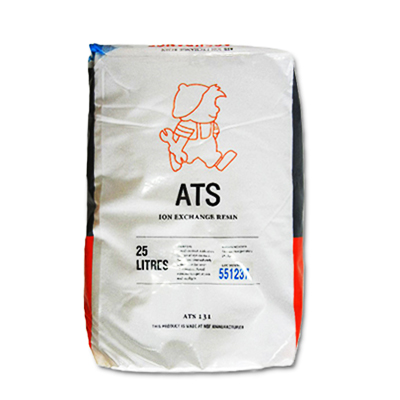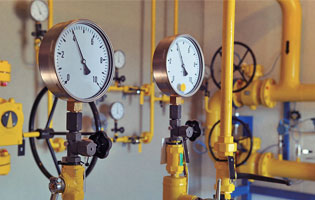PRODUCT INFORMATION
Chemical Terminology Education IV
- front page
- product
- Injection treatment technology
- Technology Development Department
- Chemical Terminology Education IV
Product Information
- heat treatment
-
water treatment
- Arsenic remover
- Desulfurizer
- Deaerator
- Water softener (calcium and magnesium ion removal)
- Carbon filter (removes odor and residual chlorine)
- Sand filter (removal of suspended impurities)
- Iron remover (removal of iron and manganese ions)
- RO water purifier
- Pre-backwash filter
- UV ultraviolet sterilizer
- Ion exchange resin
- reverse osmosis membrane tube
- quick filter
- Various tanks for water treatment
- Various application filter media
- 美國 Clack Clark control valve
- 美國 Fleck Control Valve
- 美國 Pentair Control Valve
- 美國 Autotrol Control Valve
- Runxin Control Valve
- Injection treatment
- Technology Development Department
-
brand
- Demo brand
- US DOW
- IDEX USA
- US CLACK
- EMERSON, USA
- American PENTAIR
- SIEMENS Germany
- American PULSAFEEDER
- Denmark DANFOSS
- Thailand HAYCARB
- France SUNTEC
- UK PUROLITE
- Japanese NOP
- Japan OLYMPIA
- Japan KATSURA
- BRAHMA, Italy
- SAGINOMIYA
- HONEYWELL
- AZBIL (YAMATAKE)
- OLTREMARE
- NIPCON
- TROCHOID
- domestic
- EGO
- KATO
- LECIP
- ATS
- JACOBI
- ETATRON
- WAVE CYBER
- BOSCHINI
- NIPPON
- WL
- CASH ACME
- YAZAKI
- RUNXIN
- About | Contact
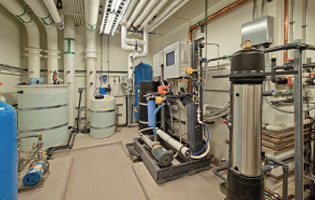
Chemical Terminology Education IV
Technical explanation
| Conversion rate: | Another term is "recovery rate". |
| Capacitive Deionization (DI): | Water is demineralized using ion exchange resins. See "Ion Exchange Resins". |
| disinfect: | Disinfection is a process of killing microorganisms, usually by one of a variety of chemical agents, such as formaldehyde and sodium hypochlorite. Disinfection reduces the number of microorganisms without necessarily killing all microorganisms present at the site. Although it is nearly impossible to completely kill all microbial organisms, the act of sterilization can reduce the number of organisms to a safe predetermined level. Sterilization can usually only be achieved by heat, gamma irradiation, ethylene oxide, and in some cases special filtration. Among them, only filtration is suitable for sterilization of large-scale water bodies, and none of them are suitable for sterilization of water treatment equipment used in hemodialysis facilities. However, there is a proprietary chemical disinfectant with lactic acid as the active ingredient that has been qualified as a disinfectant, and this formulation can be applied to some special water treatment sterilization methods. |
| DO: | Abbreviation for dissolved oxygen. |
| Dry residue: | The amount of dissolved solids in water that remains after evaporation or drying or heating. Heating is usually done at 105°C – 180°C. The dry residue will almost always not equal the total dissolved solids because the bicarbonate loses carbon dioxide during heating and the resulting dry salt retains some moisture. |
| Empty Bed Contact Time (EBCT): | Empty Bed Contact Time (EBCT) is used to measure the amount of contact between particles (eg activated carbon) and water as the water passes through the particle bed. As the EBCT increases, the time for the particles to adsorb the solutes from the water also increases, that is, the solutes removed from the water as the water passes through the filter bed increases. EBCT is calculated as: EBCT = Vm/Q (Vm is the total volume of particles on the filter bed and Q is the flow rate). When calculating EBCT using this equation, a consistent set of units must be used. For example, if Vm is provided in ft3, then Q must be expressed in ft3/min, which is the minute unit of EBCT. The value of Q can be converted from other units (eg gpm) back to ft3/min using other unit conversions to obtain a conversion factor. |
| Flow rate: | Fluid flow at any point within a water treatment system can be expressed in two ways, (1) the volume of fluid passing through that point in a given time (volume velocity) or, (2) the velocity of fluid passing through that point (velocity). The flow velocity (expressed by V) depends on the geometry of the conduit through which the fluid flows and is related to the volumetric flow (Q), calculated as: V = Q/A (A is the cross-sectional area of the conduit). Note that consistent units must be used for such calculations. Therefore, the term Q will be expressed as ft3/s and A as ft2, to convert to V as ft/s. |


